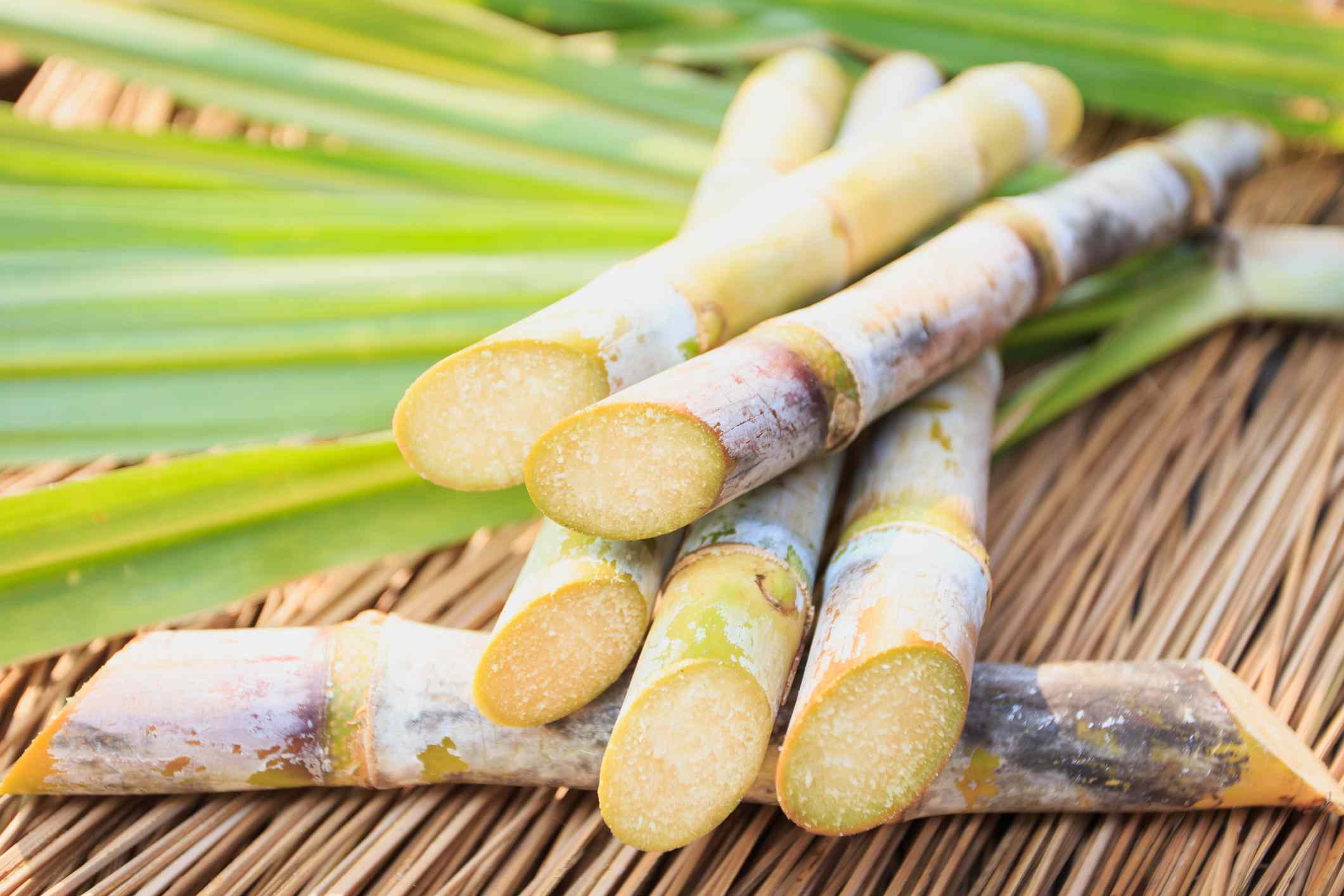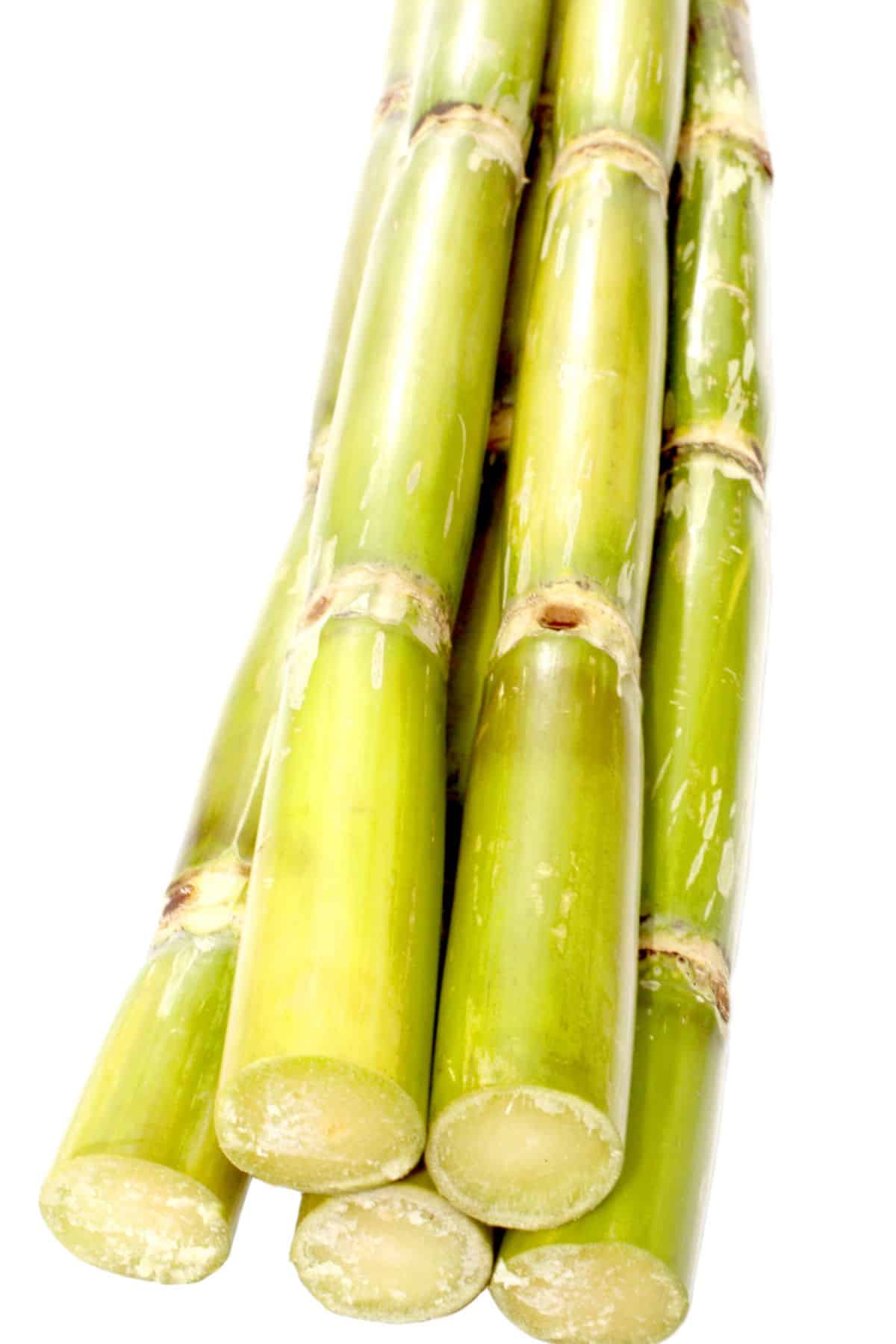Recognizing the Vital Methods and Technologies Used in Modern Cane Sugar Handling
The evolution of cane sugar processing has actually been considerably formed by the assimilation of advanced techniques and modern technologies that address both effectiveness and sustainability. Enzyme-assisted removal and sophisticated refining techniques have changed yield optimization, while automation assists in functional dependability. Moreover, the emphasis on sustainable practices mirrors an expanding recognition of ecological influence. As we discover these important innovations, it becomes important to examine how they not only boost manufacturing yet likewise align with wider industry trends and customer needs, questioning concerning the future of sugar processing and its ramifications for international markets.
Historic Context of Cane Sugar Handling
The historical context of walking stick sugar handling exposes an abundant tapestry of farming advancement and social exchange that has formed its development over centuries. Coming From in Southeast Asia, sugarcane was grown as early as 8000 BCE - Cane Sugar Processing. The procedure of improving and removing sugar got energy in India, where techniques for formation were perfected around the sixth century. This understanding passed through to the Middle East, and by the 12th century, sugar came to be a valued product in Europe, resulting in the facility of sugar vineyards in the Mediterranean.

Advanced Extraction Methods
Efficiency in walking cane sugar extraction has actually seen considerable developments, driven by the need for greater yields and reduced production expenses. Traditional techniques have actually progressed, paving the way to cutting-edge technologies that boost the effectiveness of the extraction process. One significant development is using enzyme-assisted extraction, in which certain enzymes damage down cell wall surfaces and launch more sucrose from the walking cane fibers. This technique not just increases sugar return but additionally minimizes the energy needed for handling.
Additionally, the adoption of membrane filtration innovations, such as nanofiltration and turn around osmosis, has transformed the splitting up of sugar from impurities. These techniques permit for the selective permeation of sugar molecules while preserving larger pollutants, improving the removal procedure and decreasing waste.
In addition, the assimilation of constant extraction systems has resulted in improved functional performance. Cane Sugar Processing. These systems preserve a continuous circulation of walking stick material, making sure ideal extraction conditions and decreasing downtime associated with set processing
Cutting-edge Refining Technologies
Refining methods in cane sugar handling have gone through a transformative shift, driven by the need for higher pureness and enhanced item quality. Among the most significant developments is the fostering of membrane purification innovations, such as ultrafiltration and nanofiltration. These procedures efficiently get rid of impurities and colorants without the demand for comprehensive chemical therapies, thus maintaining the sugar's natural taste and boosting its charm.
An additional considerable improvement is the usage of ion exchange resins, which permit discerning removal of undesirable ions from sugar solutions. This innovation not just enhances the total pureness of the final product yet also contributes to lowered waste and ecological influence.
Additionally, innovations in adsorption techniques, using triggered carbon and various other innovative materials, have actually confirmed effective in decolorizing sugar remedies while maintaining optimal top quality. The combination of these cutting-edge refining modern technologies guarantees that producers can create polished sugar with remarkable quality and preference, fulfilling the evolving choices of customers.
Automation and Control Equipment
Current advancements in refining technologies have led the way for considerable enhancements in automation and control systems within walking stick sugar handling facilities. These systems use innovative software application and equipment to boost functional performance, lower human error, and ensure consistent product quality.
Modern automation integrates various components, including sensors, check out this site actuators, and programmable logic controllers (PLCs), allowing real-time tracking and control of important processes. For example, circulation, pressure, and temperature level prices can be exactly regulated during removal, clarification, and formation phases, enhancing performance and decreasing waste.
In addition, progressed data analytics and artificial intelligence algorithms play a critical function in predictive maintenance, enabling operators to anticipate devices failures before they occur. This proactive method not just decreases downtime however additionally expands the life-span of equipment.
Additionally, automation promotes the execution of Industry 4.0 concepts, encouraging sugar mills to attain better connectivity and information exchange throughout processes. Therefore, decision-making comes to be even more informed and agile, eventually improving the total competitiveness of walking cane sugar production. With these improvements, the sector is well-positioned to meet expanding global demands while keeping functional excellence.
Sustainability Practices in Sugar Production
Sustainability techniques in sugar production have actually come to be increasingly vital as the sector seeks to balance financial stability with ecological duty. As customer recognition grows pertaining to the ecological impacts of agricultural methods, sugar manufacturers are taking on innovative methods to decrease their environmental impact.
One substantial strategy is the execution of precision agriculture techniques, which utilize data analytics to optimize resource use, such as water and fertilizers. This decreases waste and lessens the influence on neighborhood communities. Moreover, several manufacturers are transitioning to renewable power sources, such as biomass from sugarcane byproducts, to power their operations, therefore decreasing reliance on nonrenewable fuel sources.
Water management methods are additionally vital; rain harvesting and effective irrigation systems help minimize water deficiency concerns. Cane Sugar Processing. Furthermore, integrated insect management techniques Get More Info reduce chemical use, advertising biodiversity and soil health
Corporate social duty campaigns are arising, with business investing in local areas and making certain reasonable labor methods. By accepting these sustainability methods, the sugar market not only enhances its reputation but additionally adds to a much more sustainable farming landscape, leading the way for future generations.

Conclusion
In summary, modern-day walking stick sugar processing integrates an array of advanced strategies and modern technologies that significantly boost return, effectiveness, and sustainability. Collectively, these improvements position the walking cane sugar industry to fulfill contemporary needs while attending to crucial international challenges.
The advancement of walking stick sugar handling has been significantly formed by the integration of sophisticated techniques and innovations that address both effectiveness and sustainability.The historical context of walking stick sugar processing exposes a rich tapestry of farming innovation and about his social exchange that has actually formed its development over centuries. Advancements in milling and refining arised, laying the groundwork for modern-day cane sugar processing.Refining methods in walking cane sugar processing have undertaken a transformative change, driven by the demand for higher pureness and improved product top quality.In summary, modern-day cane sugar processing includes a variety of innovative methods and technologies that dramatically enhance effectiveness, sustainability, and yield.